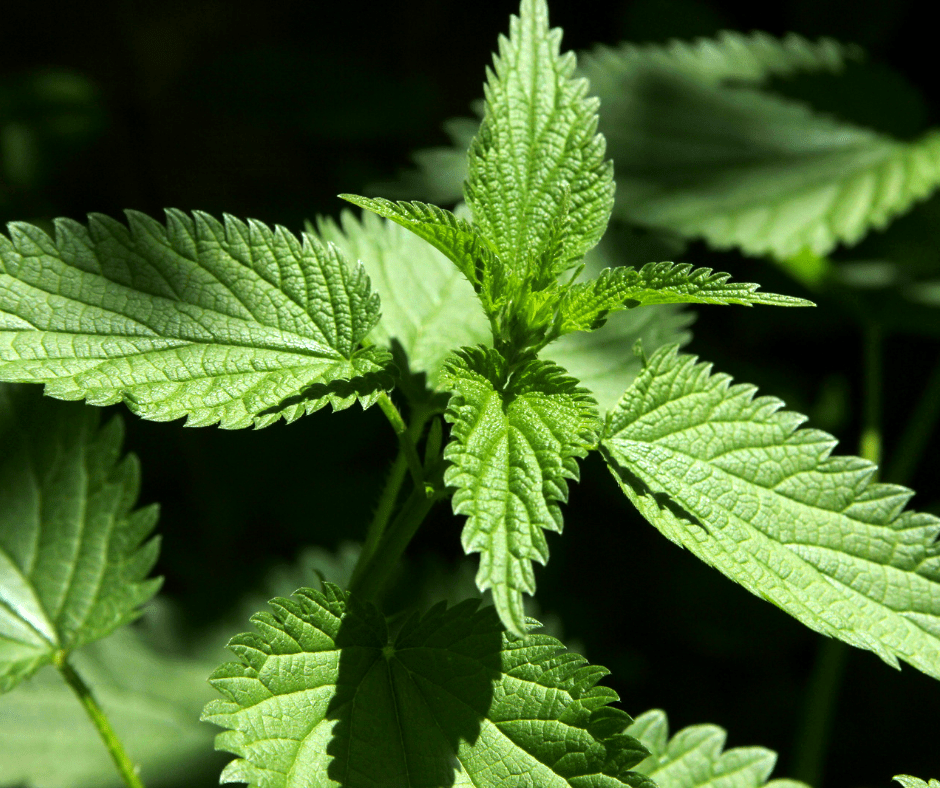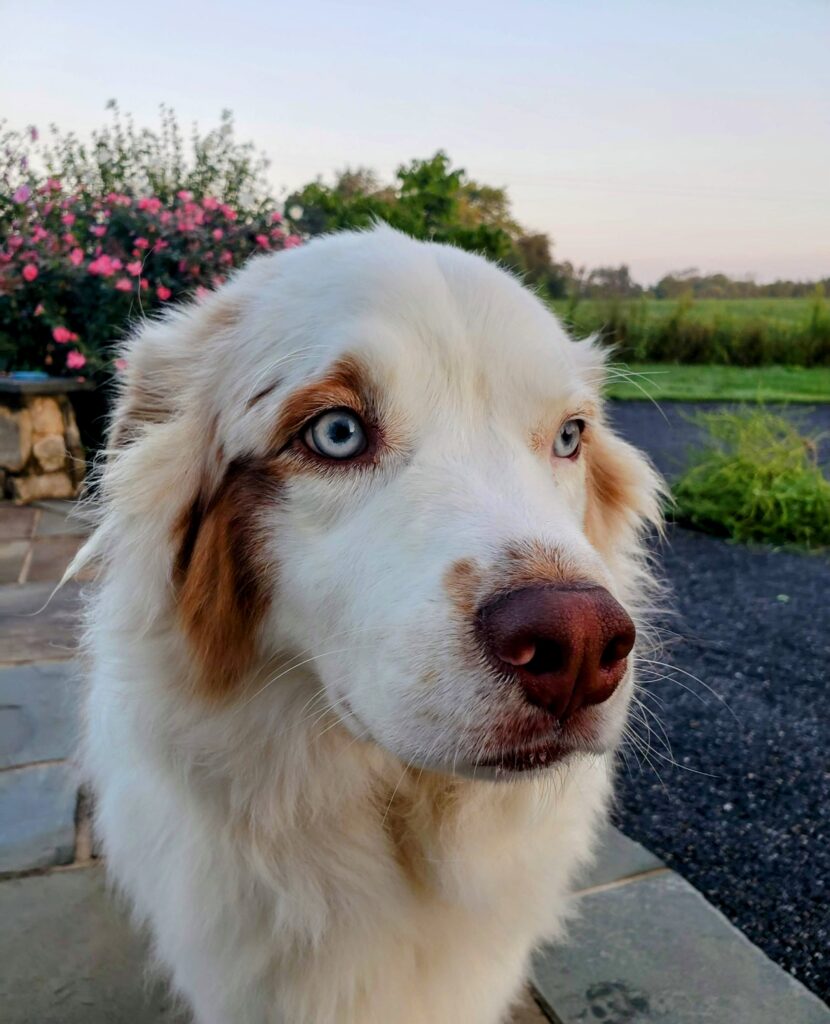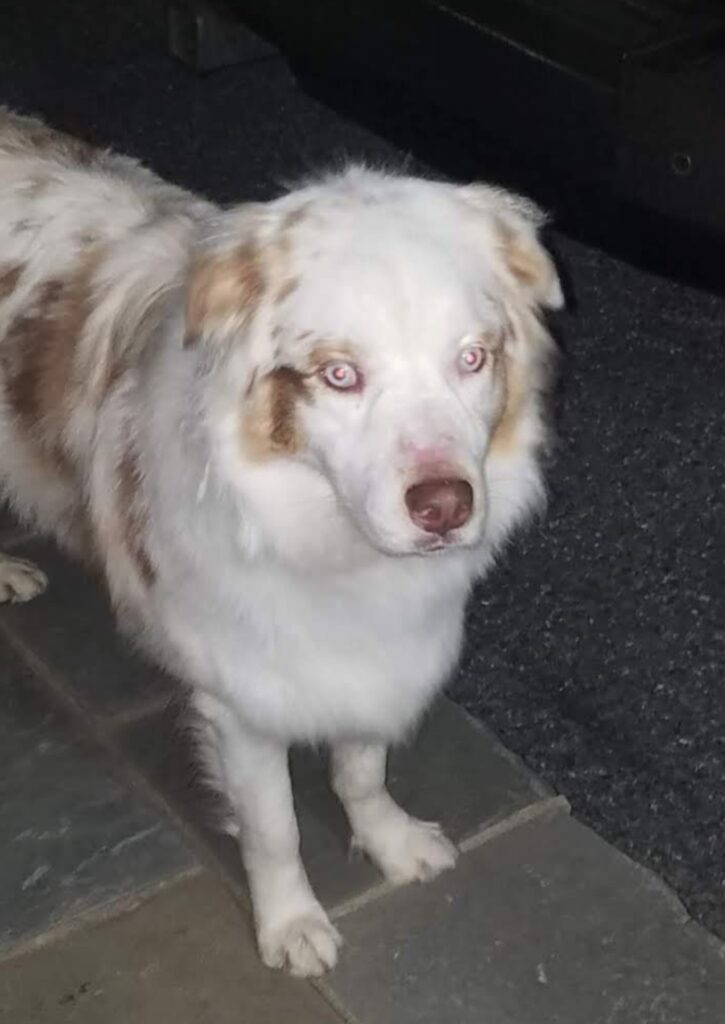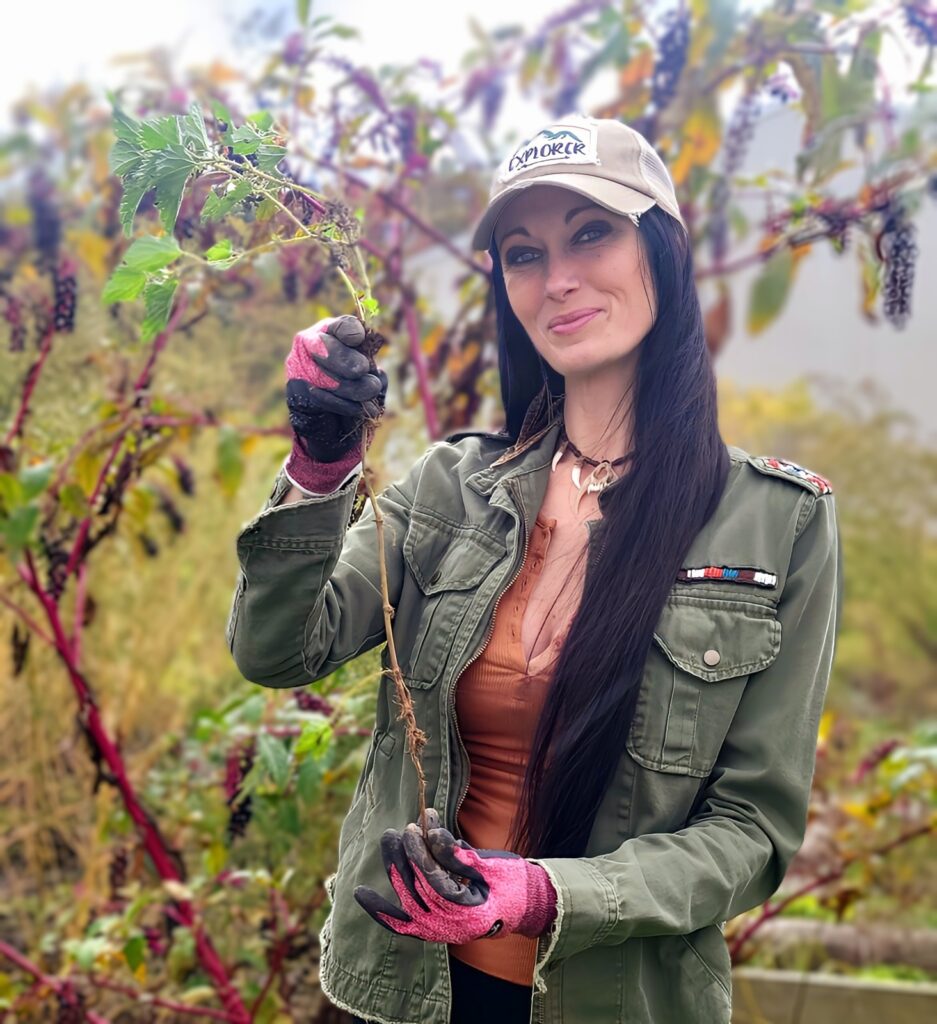Usually when we get a new dog, they become another part of the family. We spoil them with kisses, toys and treats with unconditional love. We want the best for our furry friends, the same as we want for our children. Unfortunately many people discover not long after taking on this new family member, that they may have some health issues. Today over 20% of all dogs have some sort of allergies.
Dogs are susceptible to allergies much like their human companions. Allergies are a misguided reaction to foreign substances by the body’s immune system, which, of course, people and pets can suffer from. There are quite a few different types of allergies in dogs. Skin allergies, food allergies, and environmental allergens all pose challenges for dogs and their owners, and to make things more complicated, the symptoms of all these different types of allergies can overlap.
Food allergies in pets has become common in recent years. This can contribute to skin allergies called allergic dermatitis, which is the most common type of allergic reactions in dogs. Dermatitis can also be caused by environmental allergies, grass being the most common.
A pet affected with dermatitis will experience symptoms such as weepy, blister-like lesions, hives, crusting, thickening, scaling, and hair loss. The pet will also most likely scratch, bite, and lick the skin excessively, which may lead to a secondary bacterial infection.

In general, the following symptoms could be a sign of an allergic reaction:
Symptoms
Itchiness
Hives
Swelling of the face, ears, lips, eyelids, or earflaps
Red inflamed skin
Sneezing
Itchy ears
Chronic ear infections
Itchy, runny eyes
Constant licking
Paw biting Bald spots
The best way to treat an allergy is to aviod the cause. This may or may not always be possible. I have known many dogs to bite and dig at their are paws, having an allergic reaction to something as simple and common as grass. In terms of treatment, pet allergies are usually treated the same as they are for us humans, with “medication”. Many pet owners are uneasy with the thought that their furry companion may have to be on medication the rest of their life. Some of these medications also have harmful side effects, especially when taken long term.
What if I told you there was a natural solution?

Stinging nettle
Switching your dog to a raw food diet can usually eliminate most health aliments. Unfortunately for most, this is not financially possible unless you are a butcher and have access to an endless supply of extra meat.
Thankfully, there is another natural solution and it’s not nearly as expensive!
The stinging nettle plant (Urtica dioica) has been well known and used throughout the ages for its amazing natural antihistamine qualities. Widely used by herbalist as an allergy treatment, nettle is particularly effective against allergies, in both people and pets, due to its ability to inhibit the inflammatory pathways that begin the cascade of allergic symptoms. These antihistamine properties help to reduce inflammation in the body, especially the respiratory tract. Not only will nettles help with reducing allergies, but due to their anti-inflammatory nature, they can also help with the pain of arthritis.
One of the best ways to help keep your dog (and yourself) healthy and happy is to feed them/you a healthy diet rich in vitamins and minerals. Stinging nettles are a great addition to add to any diet, as they are rich in a wide range of nutrients.
In 10 grams of nettles, you’ll find:
3.4 grams protein
297 mg calcium
68 mg phosphorus
3.22 mg iron
65 mg magnesium
2 mg beta-carotene
345 mg potassium
Vitamins A, C, D, and B-complex.
These vitamins come in a form that is very palatable and easily absorbed into the body without creating any stress on the digestive system, kidneys, or liver. Nettles make a superb natural supplement for dogs in need of vitamins and trace minerals in their diets, but do not need to be taking huge multi-vitamin supplements. They are an excellent addition to your dog’s well-balanced diet.

How to use Nettle for pets
Dried Nettle
DOGS: Add 1/2 tsp – 1 tsp of dried leaf per, cup of food daily. If you have a really large dog such as a Great Dane or Saint Bernard, you could go up to 2 teaspoons per cup of food.
You can mix the dried nettle in their food daily, either during allergy season, or all year long for dogs with chronic symptoms. You should NOT, however, give nettles to pregnant dogs. They may interact with any NSAIDS you might be giving your her.
CATS: 1/3-1/2 teaspoon per cup of food
You can always adjust for your pets needs, as stinging nettle is a relatively safe herb with little to no side effects.
Topical Nettle Tea
Nettle leaf tea is a wonderful way to give your dog relief from the constant itch of dry skin or flea bites. On top of this, it will help provide nourishment for the fur that will leave their coat healthier than any type of store-bought conditioner. Make a strong tea from the leaves using 2 teaspoons of dried nettle, per one cup of boiling water. Steep 10- 15 minutes, strain, and allow it to cool completely.
Pour the tea all over your dog until every inch of the skin is thoroughly soaked and let them dry naturally. The tea will provide instant long-lasting relief from itching and dry skin.
Do not use harsh soaps or shampoos on your dog prior to this treatment.

My Experience
I used to own a male Australian shepherd named Ghost. Years ago, our family cat scratched him on the nose during a spat. Where the scratch had been, a hot spot developed because Ghost continued to rub the area and wouldn’t leave it alone. This manifested a hotspot, which is an allergic reaction response. The horrible sore that developed was hard to treat and I had to place a cone on his head to prevent him aggravating the wound.
It became apparent to me that he needed an antihistamine to help control the itching. Because Ghost was like one of my children, I wanted to treat him naturally just as I would them. Instead of rushing to the vet, I decided to give stinging nettle a try. Knowing how wonderfully nettle helps my children during allergy season, I knew it could probably help him in the same way.
I sprinkled one tsp of dried stinging nettle over his food twice a day for about a week. After only a few days I saw great improvement, and could tell he was feeling much better.


Within 2 weeks he was completely healed. It took a few more weeks for the fur on his nose to completely grow back in. Using stinging nettle made dramatic improvements to his overall health and comfort.
Cautions
It is always best to have your dog checked by a vet before using any herbal treatments or supplements, especially if your pet takes medication. Do not give stinging nettle to pregnant pets. If you think your pet is suffering from a food allergy, speak with your vet about switching their diet. Just as with humans, it’s best to get to the root cause, rather than suppress the symptoms. View our disclaimer here.
Final thought
Stinging nettle is an amazing plant that can help humans and animals alike. Before you rush to the vet to treat your pet’s allergies, give stinging nettle a try. You won’t be sorry you did!
Stay Wild
Sources Below
Nettle for Dogs
https://www.dogsfirst.ie/nettle-effective-at-treating-seasonal-allergy-in-dogs/

Kayce Heister
Kayce is a Clinical Herbalist, Naturopathic Practitioner (HHP), Active Forager, Wild Food Chef and Mother of three. She has spent the last 20 years practicing herbalism and natural health, and spends most of her time educating others on the amazing potential the natural world can offer.